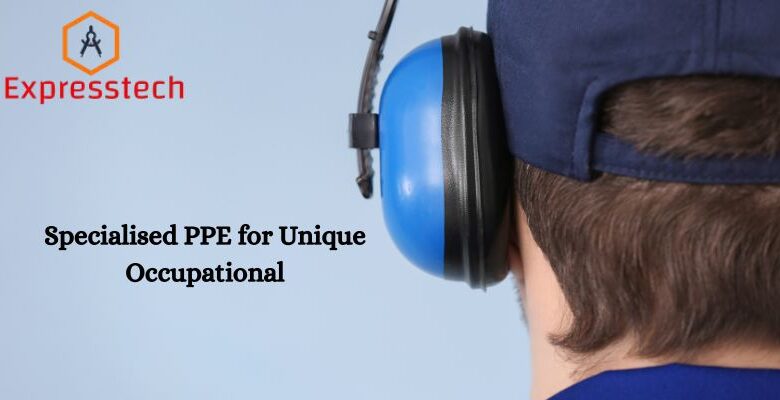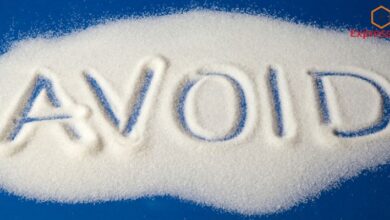A Guide to Specialised PPE for Unique Occupational Hazards

Personal protective equipment (PPE) is essential for protecting workers from injuries and illnesses in hazardous work environments. While standard PPE like hard hats, safety glasses, and work boots provide basic protection on construction sites and other industrial workplaces, some jobs require specialized equipment tailored to specific risks, like extreme heat.
This guide explores PPE designed for unique occupational dangers across different industries.
Extreme Heat Environments
Workers facing extreme heat, like foundry and steel workers, require PPE enabling body heat dissipation while still providing injury protection. Options include:
- Aluminized clothing: Made from fabrics like Nomex and Kevlar which reflect heat and insulate from radiant warmth from molten metals. The seams are often reinforced with heat-resistant threads like PBI. Smart aluminized fabrics are in development that can actively cool the wearer through a thermoelectric effect.
- Cooling vests: Circulate cool water or ice packs around the torso to prevent heat stress and enable longer working times in hot conditions. These are powered by batteries or USB. Phase change material vests capable of storing more cold energy are an innovation, as are conductive hydrogels, which connect to coolant systems.
- Heat-resistant gloves: Protect hands from contact with hot surfaces. Materials like leather, aluminized rayon, or aramid offer dexterity and thermal protection. Additional liquid crystal polymer laminates provide low flammability. Biometric sensors are being incorporated to detect dangerous hand overheating early.
Underwater Operations
For divers, marine engineers and underwater welders, equipment preventing drowning, decompression illness, and blast injuries is vital, including:

- Diving helmets: Rigid masks deliver breathable air from the surface, maintain interior pressure and enable communication. Some diving helmets feature built-in cameras and lights.
- Submersible drysuits: Neoprene or crushed neoprene suits lined with warm insulating material seal out water. Inbuilt boots reduce equipment.
- Blast blankets: Heavy flexible materials like leather or aluminium shield divers from flying debris during underwater explosions. Sturdy handles ease transport.
Working at Heights
Equipment protecting against falls is essential for occupations involving height, like construction, mining and forestry. Key PPE includes:
- Safety harnesses: Full-body designs allow secure attachment to anchors via a lanyard or retractable lifeline. Shock-absorbing elements reduce forces in a fall. Some advanced models have integrated rescue packs, such as EAA batteries and LED lights, to help workers if they become trapped. Lighter weight designs are now available, improving comfort and movement for tasks requiring freedom of motion.
- Rope access systems: Enable controlled descents and ascents on two independently anchored ropes. Vital for working at height without scaffolding. Double rope anchoring provides redundancy, and rope diameters are calculated based on a safety factor of ten to avoid failure. Emerging non-mechanical belay devices rely on magnetorheological fluids, which instantly stiffen when needed to arrest falls.
Specialised PPE improves safety for workers with unique risks. While discipline using equipment properly is still essential, the right gear makes hazardous jobs far less dangerous. Considering all options helps managers provide optimal protection.
With smart choices, PPE empowers industries to minimize harm in even the toughest conditions.
Conclusions:
As unique occupations are becoming more and more advanced, the chance of workers getting injured every now and then is also increasing. That’s the reason why it is useful to learn a few important things about Personal Protective Equipment (PPE). We have discussed these things for different types of environments such as extreme heat places, underwater works, and works that are done at high altitudes in the information given above.





